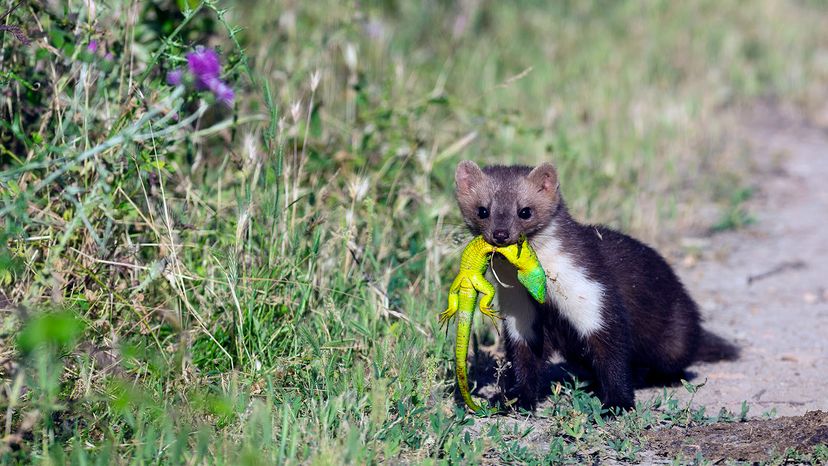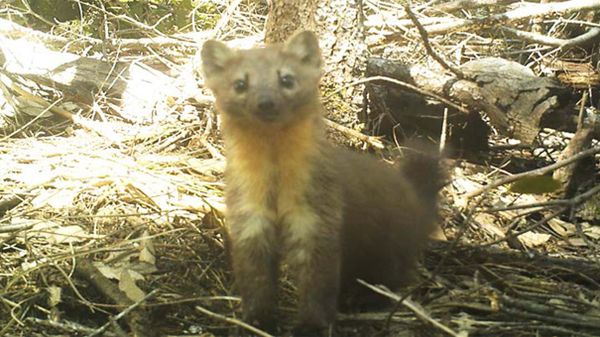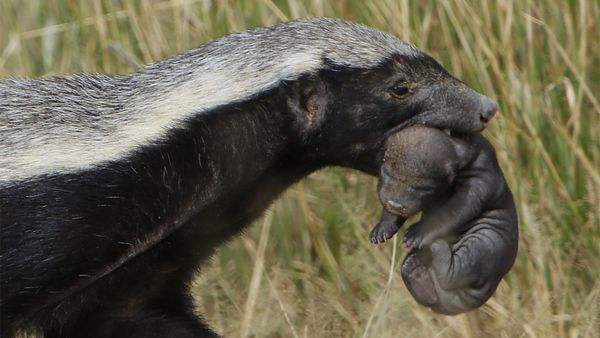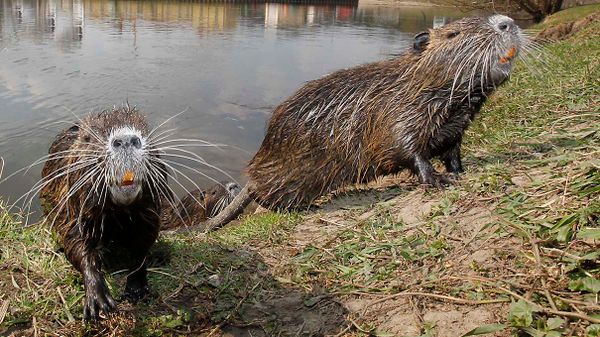Photographer Martin Le-May captured the snapshot of a lifetime back in 2015. While exploring an English park, he witnessed a least weasel riding around on the back of an airborne woodpecker. His amazing pictures of this encounter quickly went viral.
This wasn't an inter-species joyride; it was an attempt at predation. Evidently, the weasel attacked the bird while it was grounded, setting of an aerial rodeo. Le-May's woodpecker managed to escape, but other birds aren't so lucky. Even predatory raptors can fall victim to the ferocity of weasels. From time to time, eagles and buzzards swoop down and snatch the mammals, hoping to score a quick meal. That can backfire if the weasel reaches up and bites its captor on the neck or chest. Sometimes, the weasel manages to not only survive the skirmish, but also turn the tables and devour its would-be attacker. And sometimes, both parties die. C'est la vie.
Poultry is great, but so are omelets. Among chicken farmers, weasels are notorious for killing prized birds and making off with their eggs. Therein lies a popular misconception. The short-tailed weasel (Mustela erminea) will put a small hole into an egg and then lap up the contents as they come oozing out.
What they don't do is actively suck out the yolks and the whites, like some kind of breakfast food vampire. Nevertheless, the belief that weasels suck eggs has lingered for centuries. William Shakespeare referenced it in "Henry V." Comparing England to an eagle, a worried character says, "To her unguarded nest, the weasel comes sneaking, and so sucks her princely eggs."
Theodore Roosevelt helped spread the myth. "When a weasel sucks eggs the meat is sucked out of the egg," claimed the ex-president at a 1916 speech. The image of an empty eggshell reminded Roosevelt of the hollow, vague and toothless language favored by many politicians. Some of TR's contemporaries used to call this kind of meaningless rhetoric "weasel words." Roosevelt liked the phrase and helped to popularize it.
In so doing, he reinforced the stigmatization of actual weasels.



